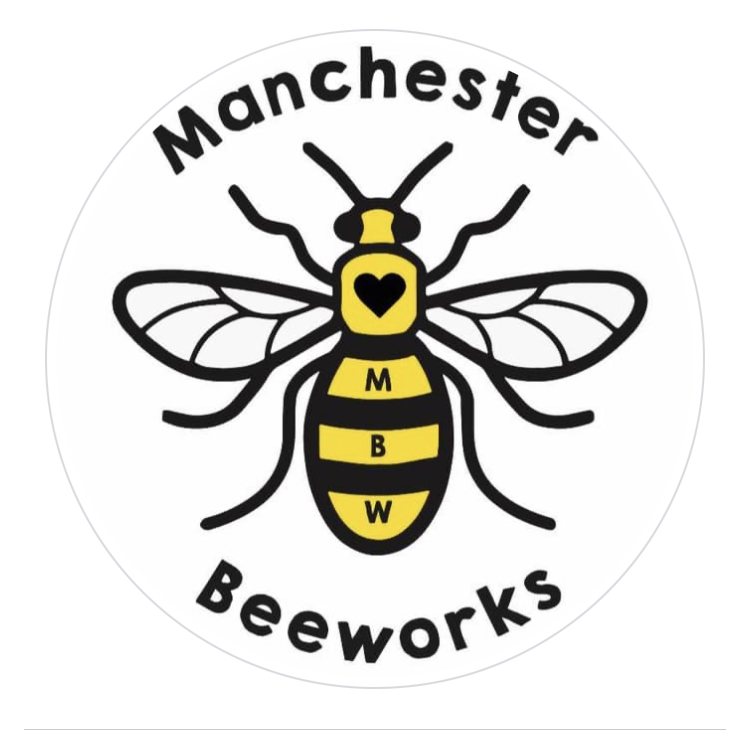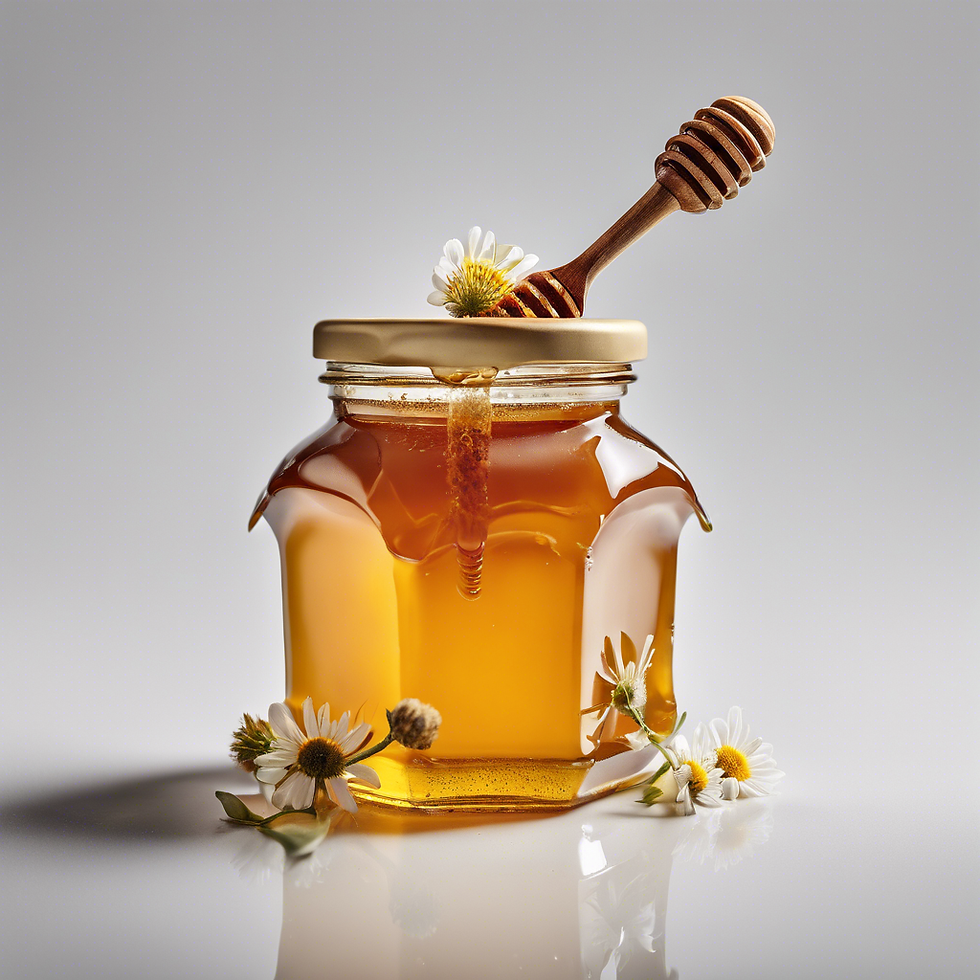Unravelling the Mystery of Honey Bee Swarms: What You Need to Know
- Manchester Bee Works
- Mar 10
- 4 min read

Honey bees are remarkable creatures, and one of their most captivating behaviours is swarming. This natural event can trigger concern among those who are unfamiliar with these insects. In this post, we will uncover the mystery of honey bee swarms. You will learn what they are, why they occur, and how to respond if you encounter one.
What is a Honey Bee Swarm?
A honey bee swarm is a gathering of bees that leave their home hive to establish a new colony. This process is part of honey bee reproduction and indicates a healthy bee population. When the existing hive becomes overcrowded or the queen is aging, the colony prepares to swarm.
During a swarm, a significant portion of the worker bees, along with the old queen, departs from the hive. They cluster together, forming a dense ball of bees, often hanging from tree branches or other structures. This clustering behaviour allows scout bees to search for a suitable new home.
Once a new site is found, the swarm relocates and begins to establish itself. This process is vital for ensuring the hive’s genetic line continues to thrive. For example, a single swarm can consist of thousands of bees, sometimes exceeding 20,000.
Why Do Honey Bees Swarm?
Understanding why honey bees swarm can help beekeepers and those living near apiaries. Here are some key reasons:
Overpopulation in the Hive
One of the main triggers for swarming is overpopulation. When the hive becomes crowded, with upwards of 50,000 bees competing for limited space, the bees may decide it's time to split. Limited resources, such as food and space, signal to the colony that a new home is needed.
The Life Cycle of the Queen
The age and health of the queen bee are crucial factors in swarming. As the queen ages, her ability to produce pheromones weakens. This reduction impacts the colony’s cohesion, leading to a decision to swarm. Beekeepers typically replace queens every few years to help prevent swarming, thus maintaining a vibrant hive.
Environmental Factors
Seasonal changes can greatly influence swarming. For instance, in the spring, as flowers bloom, the availability of nectar increases. In fact, bee populations can grow by 20 to 30 percent during this season, raising the chances of swarming. Conversely, adverse weather, such as droughts, can delay swarming.
How to Recognize a Swarm
Identifying a honey bee swarm is important for safety and for understanding their behavior. Here are key signs:
Clustering Behaviour
When bees swarm, they often create a distinctive cluster. This cluster may look like a large ball of bees hanging from a tree or structure. Typically, the bees are calm at this stage, having paused their typical hive activities.
Buzzing Sound
The sound of a swarm is different from the hum of a busy hive. Swarming bees produce a louder, more erratic noise while moving in tight formations. This unique buzzing can be a clear indication that a swarm is nearby.
What to Do if You Encounter a Swarm
If you find yourself near a honey bee swarm, it's essential to stay calm. Here are some steps to safely handle the situation:
Stay at a Distance
Keep a safe distance from the swarm. Honey bees are usually not aggressive during this period as they focus on finding a new home. Observing from afar allows you to enjoy this natural event without disturbing the bees.
Contact Us or a Local Beekeeper
If the swarm is in a location that could pose a risk to people or pets, reach out to a local beekeeper. Experienced beekeepers can safely relocate the swarm. In many communities, beekeepers are eager to assist and may even offer tips on bee conservation.
Understand the Importance of Bees
Honey bees play a critical role in our ecosystem as primary pollinators. According to the USDA, pollinators, including honey bees, contribute to the production of nearly one in every three bites of food we consume. Recognizing their importance fosters a greater appreciation for their presence in our environment.
Looking Ahead at Honey Bee Swarms
As environmental changes impact bee populations, understanding the dynamics of honey bee swarming is increasingly important. Urbanisation, pesticide use, and habitat loss can disrupt bee behaviour and population health.
Education and Community Involvement
Raising public awareness about honey bees is vital for creating a supportive environment for them. Educational programs can help dispel myths about swarming and emphasize the importance of bees. For example, community workshops can teach individuals how to maintain bee-friendly gardens.
Supporting Local Beekeeping
Supporting local beekeepers can significantly help ensure that honey bee populations remain stable. Many local beekeepers practice sustainable methods that promote bee health and help maintain healthy colonies. This support can include purchasing honey directly from them or participating in local bee initiatives.
Understanding the Complexity of Honey Bee Swarms
Honey bee swarms are a natural part of a bee colony's reproduction cycle. They indicate a thriving bee population. By understanding the reasons behind swarming, individuals can respond more effectively when encountering a swarm. Whether through education, supporting local beekeepers, or fostering bee-friendly environments, everyone can contribute to protecting honey bees for future generations.

By exploring the mysteries of honey bee swarms, we deepen our understanding and connection to the natural world. Remember, bees are more than just insects; they are essential contributors to our ecosystem.





Comments